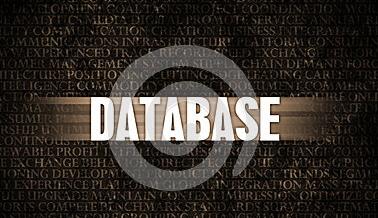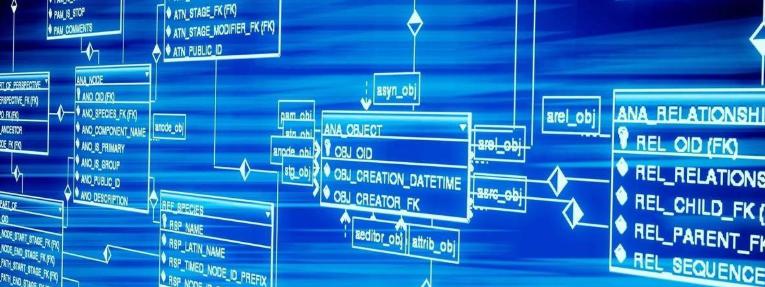
What to do for database operation and maintenance? First of all, combined with the software life cycle and project development. The database life cycle can be divided into four phases. They are "planning", "development", "application" and "operation and maintenance".
The planning stage is to select the software and hardware of the database platform. The planning stage is to plan the general database architecture. You need to know how many servers are configured. You need to know the memory size/disk space of the servers. And you need to know the number of IOPS/CPU cores/network bandwidth, etc.

The work in the development phase is carried out in the test environment. And it is moved to the production environment after the test. There is SQL optimization during development.
The application phase is the deployment of the developed database program to the production environment. The project is online. Then enter the operation and maintenance stage.
Operation and maintenance work must first deploy the environment. You should pay attention to the deployment of database installation. Parameter configuration and permission assignment is important. If there are many servers, you can choose to install by yourself. Parameter configuration includes operating system. It includes database instance and database parameters. The permissions include login permissions and database user permissions.
For the database, it is important to have a backup available. Prevent data loss caused by data damage and user mis operation. You can guarantee the existence of data. And operation and maintenance are meaningful. No matter how good other tasks are, it is no good.
It is necessary to ensure the operation of the database. It is necessary to ensure the performance of the running system. Monitoring is divided into two points. The first is the database running status. Are there any database interruptions or exceptions, errors or warnings? The second is the database performance. Are there any performance problems or performance risks?
The fault needs to be handled in time. There are database errors or warnings found by the system users. They shall be diagnosed and repaired.

Database performance problems are discovered by system users.
Disaster tolerance is only a means. It is to ensure the availability of the system. These are four selected strategies. The first is failover clustering. The second is mirroring. The third is log shipping. And the last is remote backup.
The disaster recovery strategy has been deployed. Then just do some status monitoring at this time. There are systems. They can supplement the deployment of disaster recovery strategies.
The upgrade operation is carried out. These are three kinds of constant hardware upgrades. The first is changing the operating system. The second is database version. And the last is patching. The upgrades that need to upgrade the hardware include: replacing a new server. Move the database to the new server. There is "migration" on the machine. You just need to move the location of the database file.
A health check is required. The cycle can be daily, monthly or yearly. It is according to the actual situation.
Any database problems reported by users need to be handled by DBA. Even if it is diagnosed that it is not a database problem.
All tasks should be included in the operation. The database development will not be included.
The operation and maintenance of the database is important. You need to strengthen it.